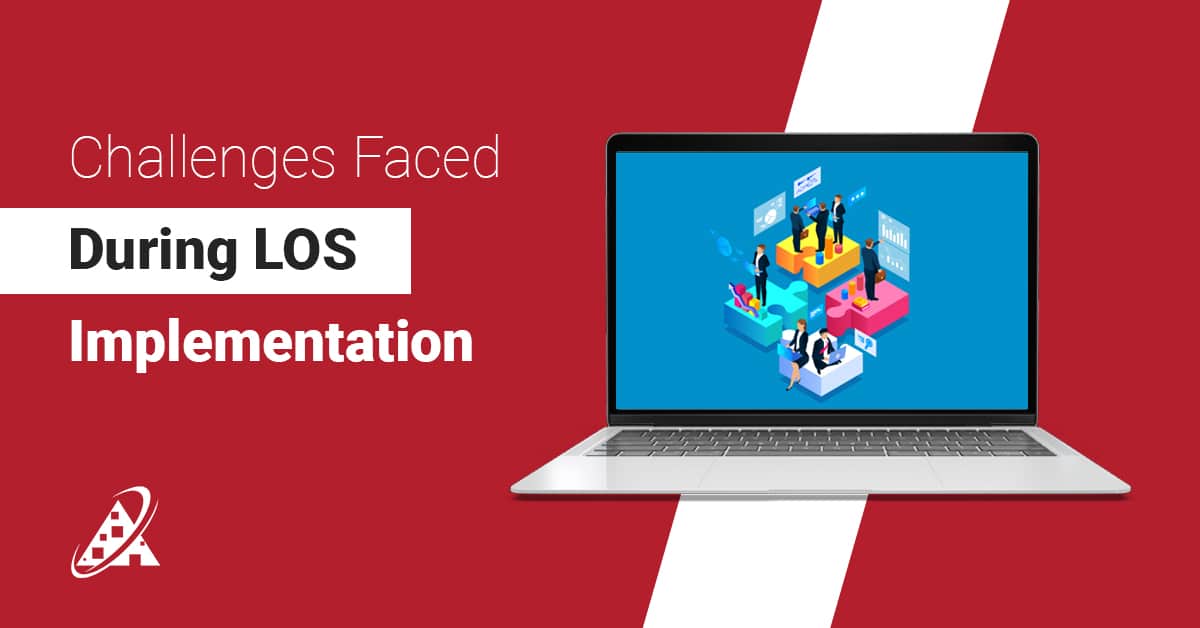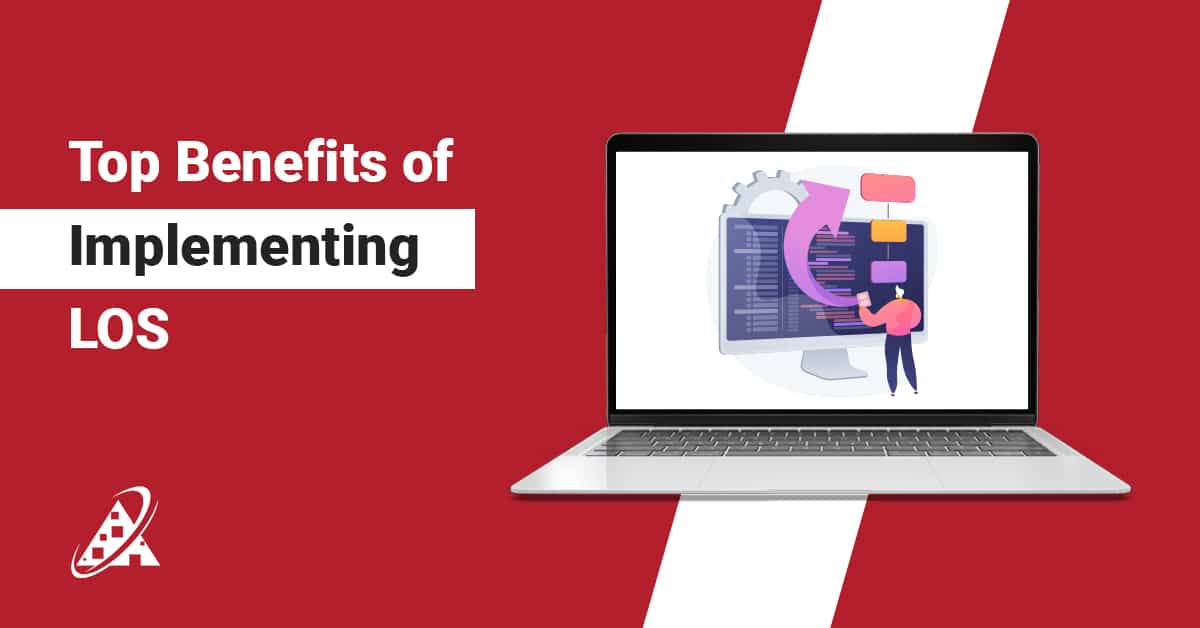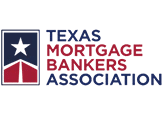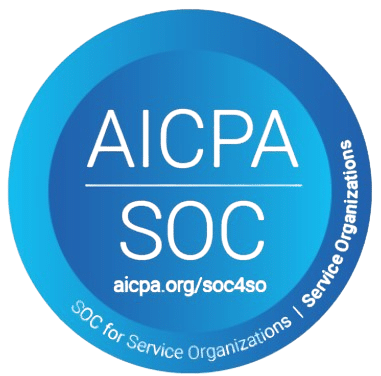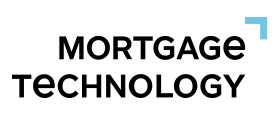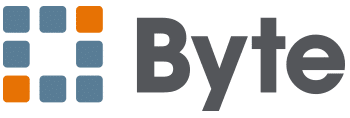What Is Commercial Underwriting?
Commercial underwriting is the process of collecting and evaluating information to make an informed decision on approving or declining a commercial credit or loan application. The primary purpose of commercial underwriting is to make informed and prudent decisions, thereby safeguarding the interests of financial institutions like banks, credit unions, investment companies, insurers, and their stakeholders.
Significance of Commercial Underwriting in the Financial Sector
Whether it’s a small startup or a well-established corporation, the process of commercial underwriting for financial institutions, such as a bank or a mortgage lending company, helps the lender make informed decisions about whether to approve or reject a loan application and, if approved, what terms and conditions should be applied to the loan.
What Does Underwriting Mean in Insurance Companies?
In the insurance sector, commercial underwriting is essential for evaluating the risk profiles of businesses applying for coverage. Insurance underwriters assess factors such as industry-specific risks, the financial health of the company, and past claims history to determine the terms, conditions, and premiums of insurance policies. Effective commercial underwriting is crucial for maintaining a profitable insurance portfolio while providing policyholders with appropriate coverage.
What Are The Duties Of A Commercial Underwriter?
- Risk Assessment: Commercial underwriters are tasked with evaluating the creditworthiness of businesses. They analyze financial statements, credit reports, and other relevant data to determine the level of risk associated with lending money or providing insurance coverage to a specific business.
- Due Diligence: Underwriters conduct thorough due diligence by verifying the applicant’s information. This includes scrutinizing financial statements, tax returns, and other documents to ensure accuracy and completeness.
- Policy or Loan Structure: They determine the terms and conditions of insurance policies or loans, including coverage limits, deductibles, interest rates, and repayment terms. This involves tailoring the agreement to the business’s specific needs and risk profile.
- Compliance: Commercial underwriters must ensure that all lending and insurance activities comply with industry regulations and internal policies, reducing the risk of legal issues or regulatory penalties.
- Communication: Effective communication with applicants, agents, and brokers is crucial. Underwriters often need to explain their decisions, request additional information, or negotiate terms to ensure the best possible outcome for the institution they represent and the business seeking financial services.
Assessing Risk and Making Informed Decisions
Commercial underwriters play a pivotal role in the decision-making process, whether it pertains to approving a mortgage loan or issuing an insurance policy. They consider several factors when assessing risk:
- Financial Health: A business’s financial stability and performance are essential indicators. Underwriters analyze factors like revenue, cash flow, and debt-to-equity ratios to gauge the ability to meet financial obligations.
- Industry and Market Conditions: Industry-specific risks and market trends are considered. Different industries face distinct challenges, and underwriters must understand these nuances.
- Business History: The track record of the business, including past insurance claims or loan defaults, is assessed. A history of responsible financial management can be a positive indicator.
- Collateral or Coverage Needs: If applicable, the value and quality of collateral or the required coverage level are evaluated, as these influence risk.
How Long Does Commercial Underwriting Take?
Commercial underwriting timelines can vary, with some cases completed in as little as two to three weeks, but it commonly extends to 30 days or more. Typically, business or commercial real estate loan applicants can expect a final decision about one month after their application submission.
Types of Commercial Underwriting
Commercial underwriting is a diverse field, including various specialized areas, each tailored to address specific financial and risk assessment needs. The primary types of commercial underwriting include insurance underwriting, loan underwriting, and credit underwriting. Let’s explore each of these in detail:
Insurance Underwriting
Insurance underwriting is the process of assessing and evaluating the risks associated with insuring individuals or businesses. Commercial insurance underwriters play a crucial role in determining insurance policy terms, conditions, and pricing.
- Assess and evaluate the risks associated with insuring individuals or businesses.
- Determine policy terms, conditions, and pricing.
- Analyze factors such as industry-specific risks, claims history, and financial stability.
- Ensure compliance with insurance industry regulations and legal requirements.
Mortgage Loan Underwriting
Loan underwriting is evaluating the creditworthiness of individuals or businesses applying for loans. Underwriters assess financial information to determine the risk of loan default and decide on loan terms and conditions.
- Evaluate the creditworthiness of individuals or businesses applying for loans.
- Decide loan terms, including interest rates and repayment schedules.
- Analyze financial information, credit history, and collateral (if applicable).
- Ensure compliance with lending regulations and laws.
Credit Underwriting
Credit underwriting involves the assessment of an applicant’s creditworthiness for various financial products, such as credit cards and lines of credit. Underwriters determine credit limits and interest rates based on the applicant’s credit risk.
- Assess the creditworthiness of borrowers for credit products like credit cards and lines of credit.
- Set credit limits based on the applicant’s creditworthiness.
- Determine interest rates or Annual Percentage Rates (APR) for credit products.
- Ensure compliance with consumer protection laws.
Underwriting Process in Mortgage Lending
The underwriting process in commercial mortgage lending involves a comprehensive evaluation of loan applications, ensuring that loans are approved for creditworthy borrowers. Here’s an overview of this process:
- Application and Documentation: The process begins with borrowers submitting loan applications and comprehensive financial documentation, including business plans and property information.
- Financial and Credit Assessment: Underwriters rigorously assess the financial health of the borrowing business. They examine factors such as cash flow, income, expenses, debt levels, and credit history, all contributing to determining creditworthiness.
- Property Valuation: To ensure that the property serves as adequate collateral for the loan, appraisals are conducted to determine its market value.
- Risk Evaluation: Underwriters consider various risk factors, including the property’s location, market conditions, and industry-specific risks.
- Compliance Review: The underwriting process includes a thorough review to verify compliance with regulatory requirements and industry standards. This step ensures that the process adheres to legal and ethical underwriting practices.
- Loan Structuring and Decision-Making: Underwriters make informed decisions on loan approval following the assessment. They determine loan terms, including interest rates, repayment schedules, and special conditions.
- Legal and Regulatory Checks: Legal issues, including potential liens, are reviewed to ensure the property is free from encumbrances. Compliance with all relevant regulatory requirements is also verified.
- Communication and Ongoing Monitoring: Once a decision is made, it is communicated to the borrower, and the terms and conditions are documented in the loan agreement. After loan approval, continuous monitoring ensures that borrowers adhere to the agreed-upon terms and identifies potential issues early on.
Risk Assessment and Evaluation
Commercial underwriters assess risk by:
- Data Analysis: Analyzing financial statements, credit reports, and other relevant data using a Mortgage Business Intelligence Tool to gauge creditworthiness and financial stability. Mortgage Business Intelligence Tool
- Due Diligence: Verifying the accuracy and completeness of applicant-provided information.
- Industry Analysis: Considering industry-specific risks and market conditions.
- Historical Performance: Reviewing past claims (for insurance) or repayment history (for loans) to predict future behavior.
- Risk Mitigation: Developing strategies to mitigate identified risks, like adjusting terms or requiring collateral.
This thorough evaluation informs underwriters’ insurance coverage, loan approval, or credit extension decisions.
Qualifications and Skills of a Commercial Underwriter
Educational Requirements:
A bachelor’s degree in finance, economics, business, or a related field is typically required.
Some positions may necessitate a master’s degree or industry-specific certifications.
Skills and Qualities:
- Strong analytical and critical thinking skills.
- Financial acumen and the ability to interpret financial statements.
- Attention to detail and accuracy.
- Excellent communication and negotiation skills.
- Knowledge of industry regulations and compliance.
- Ability to adapt to changing market conditions and risks.
- Familiarity with underwriting software and data analysis tools.
Certifications and Career Paths in Commercial Underwriting
Certifications
- Chartered Property Casualty Underwriter (CPCU): Offered by the American Institute for Chartered Property Casualty Underwriters, this certification is highly regarded in the property and casualty insurance field.
- Associate in Commercial Underwriting (AU): Provided by The Institutes, the AU designation focuses on commercial underwriting and is ideal for those working in the property and casualty insurance sector.
- Chartered Life Underwriter (CLU): Administered by The American College, the CLU designation suits those in life insurance underwriting and risk assessment.
- Certified Insurance Counselor (CIC): Offered by the National Alliance for Insurance Education & Research, CIC focuses on advanced insurance topics, including underwriting principles.
- Certified Risk Manager (CRM): CRM certification is suitable for risk managers who work closely with underwriters to mitigate business risks.
- Financial Risk Manager (FRM): This Global Association of Risk Professionals (GARP) certification is aimed at risk professionals dealing with financial markets and risk assessment.
Is commercial underwriting a good career?
Commercial underwriting can be a rewarding career choice for individuals interested in finance or insurance sectors. It often offers a competitive salary and opportunities for career progression.
- Senior Underwriter: With experience, underwriters can advance to senior roles where they manage a team of underwriters, oversee complex accounts, and make higher-level decisions.
- Underwriting Manager or Director: These roles involve supervising underwriting teams, setting underwriting guidelines, and managing the overall underwriting process.
- Risk Manager: Risk managers assess and mitigate organizational risks, often working closely with underwriters to manage insurance and financial risk.
- Product Development: Some underwriters transition into roles related to product development, where they design new insurance or lending products.
- Specialization: Underwriters can specialize in areas like cyber insurance, environmental risk, or ESG (Environmental, Social, and Governance) underwriting.
- Executive Leadership: With experience and advanced education, underwriters may progress into executive leadership positions within insurance companies or financial institutions.
To excel in a commercial underwriting career, consider pursuing relevant certifications and continually updating your knowledge of industry trends and regulations. Career advancement opportunities are abundant, allowing you to progress into management, specialized, or leadership roles in the insurance or financial sectors.
Challenges and Trends in Commercial Underwriting
The landscape of commercial underwriting is continually evolving, driven by technological advancements, changing market dynamics, and emerging risks. Here, we explore both the challenges and trends shaping this field:
Challenges:
- Cybersecurity Risks: As businesses increasingly rely on digital operations, underwriters must assess the growing risk of cyberattacks and data breaches, requiring them to incorporate cybersecurity evaluations into their processes.
- Complex Regulations: Evolving regulatory environments create challenges in ensuring compliance. Underwriters must stay updated with changing laws and adapt their practices accordingly.
- Data Privacy and Ethics: Gathering and using personal and business data for underwriting purposes must be done while adhering to strict data privacy and ethical standards, presenting compliance and reputational challenges.
Trends:
AI and RPA
AI algorithms can quickly process vast amounts of data, identify patterns, and make predictive assessments, helping underwriters make more informed decisions. Explore how we can leverage AI and RPA to make your Encompass® LOS more efficient.
Predictive Analytics
Advanced analytics and predictive modeling allow for more precise risk evaluation and pricing.
Automation
Automation is revolutionizing underwriting processes by streamlining routine tasks and data entry. This automation boosts efficiency and reduces the risk of human error, allowing underwriters to focus on higher-level analysis and decision-making tasks.
Big Data and IoT
The proliferation of big data and the Internet of Things (IoT) provide a wealth of information for assessing risks, especially in areas like property and casualty insurance.
Remote Underwriting
New technology and remote communication enable underwriters to work more flexibly, including remote assessments and virtual site inspections.
Blockchain for Verification
Blockchain technology is being explored for secure and efficient data verification and fraud prevention.
APIs (Application Programming Interfaces)
APIs play an important role in underwriting by enabling data exchange between various systems and platforms. Underwriters can access real-time data from external sources, such as credit bureaus or property databases, to make more accurate assessments.
Commercial Underwriting Best Practices
Whether you’re an aspiring underwriter or a business looking to work effectively with underwriters, these best practices can help ensure a smooth and successful underwriting process:
For Aspiring Underwriters
- Continuous Learning: Stay updated, pursue certifications, and enhance your skills.
- Analytical Skills: Develop strong critical thinking to assess complex data.
- Communication: Explain decisions clearly and professionally.
- Ethical Conduct: Maintain high ethical standards with sensitive data.
- Attention to Detail: Meticulously review documents and data to prevent errors.
- Risk Mitigation: Find ways to reduce risks while considering business or policyholder needs.
- Adaptability: Stay flexible with evolving technology, data, and market changes.
For Businesses Working with Underwriters
- Preparation: Provide comprehensive, transparent documentation for smoother underwriting.
- Communication: Maintain clear, prompt communication with underwriters.
- Risk Management: Understand and mitigate industry risks; share a clear risk plan.
- Data Integrity: Ensure data accuracy to avoid delays and unfavorable terms.
- Compliance: Adhere to regulations to prevent underwriting challenges.
- Long-Term Relationship: Foster trust with your underwriter for more favorable terms.
- Risk Transparency: Be candid about potential risks for tailored solutions.
- Plan Ahead: Proactively plan for future financial needs and risks.
Conclusion
Commercial loan underwriting is a critical process within the financial and insurance sectors, shaping decisions concerning risk assessment and financial products. Underwriters rely on data and analytics to evaluate the creditworthiness of applicants, with the process encompassing several key stages from initial application to ongoing monitoring. Individuals aspiring to enter the field of underwriting must prioritize ongoing learning and ethical behavior. Additionally, businesses can enhance the underwriting process by supplying precise data and maintaining clear communication with underwriters.
As underwriting continuously adapts to technological advancements and evolving market dynamics, its role in managing the delicate balance between risk and opportunity remains indispensable in the financial world.




